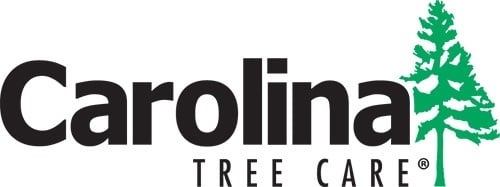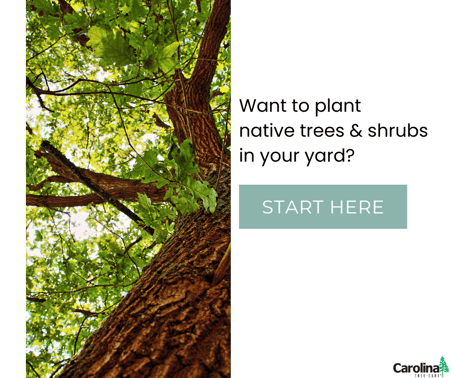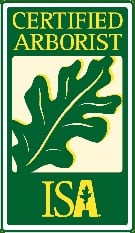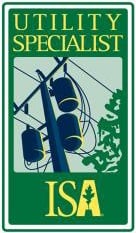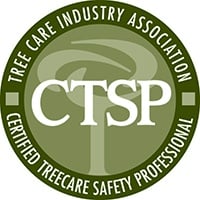If your ideal yard includes fluttering butterflies, buzzing bees, and melodious birds, native trees and shrubs are a must. They're also vital if you want to support a healthy ecosystem.
This week, we're discussing why native trees and shrubs are so important. We're also giving you five native tree and shrub suggestions for your property in Charlotte, NC!
A rundown on native plants
A plant is considered native if it "has occurred naturally in a particular region, ecosystem, or habitat without human introduction," according to the National Wildlife Federation.
Native plants adapt to a particular region or ecosystem over time, but they don't adapt in a bubble. They also evolve with other organisms, developing complex relationships with them along the way. Many herbivorous insects have adapted to only eat certain plants that are also native to their region.
For example, the caterpillars that turn into monarch butterflies only eat species of Milkweed, 15 of which are native to North Carolina. Without native plants as a food source and home, there are fewer caterpillars around to turn into butterflies. And not only that — birds are affected as well since they forage for caterpillars to feed their young.
So, you can see how the loss of native plants as the foundation of food webs can spark negative chain reactions.
Trees & shrubs native to North Carolina
Just because a plant is native does not mean it will thrive in the specific conditions of your yard. In fact, there are some native plants that just won't do well in highly urban environments.
Before you choose a native tree or shrub for your yard in Charlotte, NC, be sure to learn about the plant's mature size, spreading tendencies, longevity, and required site conditions.
Here are just a few native trees and shrubs you can consider adding to your yard:
Oak
Oak trees support hundreds of species. The pin oak in particular attracts songbirds, water birds, ground birds, and mammals. It will also bring a wide variety of butterflies and moths to your property, including the Imperial Moth, Banded Hairstreak, and Edward's Hairstreak.
Sourwood 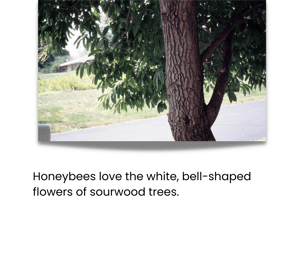
These trees attract birds, bees, butterflies, and other small mammals. Honeybees especially love their fragrant, bell-shaped flowers, which mature in mid-summer. Plus, the honey these trees produce is some of the most sought-after honey in the world.
Eastern redbud 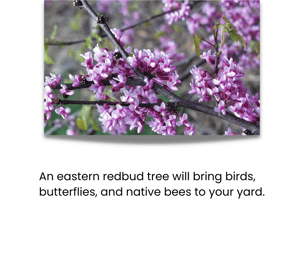
Eastern redbuds will bring birds, butterflies, and native bees to your yard. They'll also brighten up your property with magenta-pink, pea-like blooms early in the spring.
American holly
Plant an American holly, and you'll get more bees and other small animals in your outdoor space. It's also a larval host for Henry's elfin butterflies, and birds will use this tree's dark green leaves for cover and its red fruit for food.
Buttonbush
With its sweet smelling, nectar-rich flowers that appear in the summer, the buttonbush is often frequented by bees, hummingbirds, hummingbird moths, and butterflies.
Need help caring for the native trees and shrubs on your property? Request a consultation with us today to get your trees and shrubs on a comprehensive care program!
Like what you just read?
Then you'll love this: Want to Turn Your Yard into a Pollinator Paradise This Spring?
Photo credits:
- Sourwood tree: Richard Webb, bugwood.org
- Eastern redbud: Paul Wray, Iowa State University, bugwood.org
